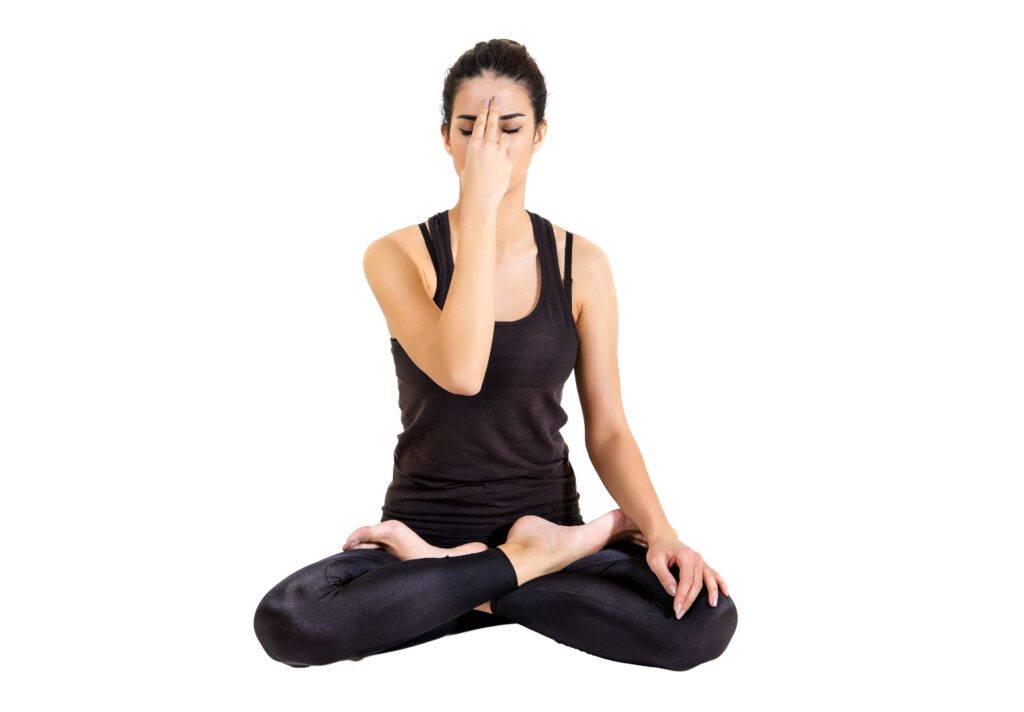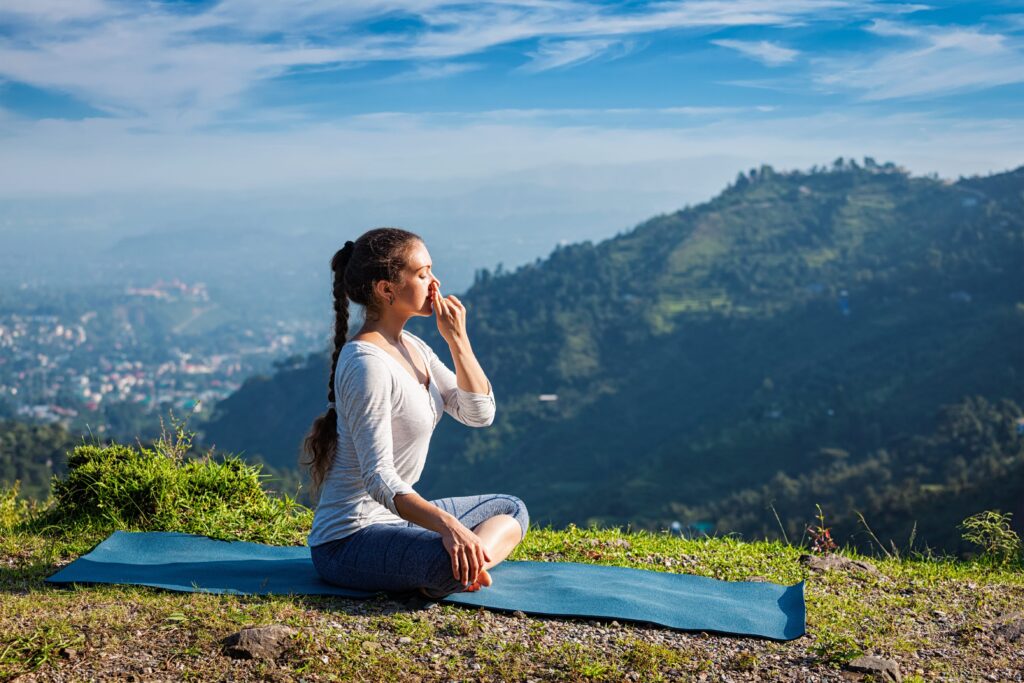Pranayam
Pranayam
At SuryaMandalaYogashala, we pride ourselves on being the best yoga centre , offering specialized pranayama classes in Mysore which focus on breathing techniques that not only enhance physical health but also promote mental clarity and emotional balance. Whether you are a beginner or an advanced yogi, our experienced instructors are dedicated to providing personalized guidance to help you achieve your wellness goals. In addition to our pranayama classes, we also offer a renowned yoga teacher training course in Mysore, designed to deepen your practice and equip you with the skills needed to teach others.
Pranayama, derived from the Sanskrit words “prana” (life force) and “ayama” (control), is an ancient practice rooted in the yogic tradition that emphasizes the regulation of breath. This powerful technique has been embraced by millions worldwide for its numerous physical, mental, and spiritual benefits.

The Historical Context of Pranayama
To understand pranayama fully, it is essential to look at its historical context. Pranayama has its roots in ancient Indian scriptures, particularly the Vedas and Upanishads, dating back over 5,000 years. It is a key component of yoga, which encompasses physical postures (asanas), meditation, and ethical principles. Pranayama is often considered the bridge between the physical practice of yoga and the meditative aspects, facilitating a deeper connection with oneself.
In the Yoga Sutras of Patanjali, an influential text on yoga philosophy, pranayama is classified as one of the eight limbs of yoga, highlighting its significance in spiritual growth and self-awareness. Traditional texts describe various techniques aimed at purifying the body and mind while enhancing one’s spiritual journey.
Understanding the Mechanics of Breath
Breath is not just a physiological process; it is also a vital energy source that influences our emotional and mental states. Understanding the mechanics of breath is crucial for mastering pranayama. When we inhale, our diaphragm contracts, allowing air to fill the lungs and oxygen to enter the bloodstream. Conversely, during exhalation, the diaphragm relaxes, expelling carbon dioxide and toxins from the body.
The average resting adult breathes approximately 12 to 20 times per minute, which equates to over 17,000 breaths per day. However, many people engage in shallow, rapid breathing, which can lead to increased stress and anxiety. Pranayama encourages deep, controlled breathing techniques that promote relaxation and mindfulness.
The Benefits of Pranayama
Pranayama offers a plethora of benefits that extend beyond mere breath control. Here are some of the most significant advantages supported by scientific research:
- Reduces Stress and Anxiety
Numerous studies have demonstrated that pranayama can significantly reduce levels of cortisol, the stress hormone. A study published in the Journal of Clinical Psychology found that participants who practiced pranayama regularly reported lower levels of perceived stress and anxiety, leading to improved mental health.
- Enhances Lung Function
Pranayama techniques emphasize deep breathing, which can improve lung capacity and overall respiratory function. Research conducted by the Journal of Alternative and Complementary Medicine revealed that regular pranayama practice increased vital capacity and respiratory endurance in participants.
- Promotes Emotional Well-Being
Breath control has a profound impact on emotional regulation. A study published in the Journal of Psychiatric Research indicated that pranayama practitioners experienced reduced symptoms of depression and improved mood. The practice helps individuals develop greater awareness of their emotional states, fostering resilience and coping skills.
- Improves Focus and Concentration
Pranayama aids in enhancing cognitive function by increasing oxygen supply to the brain. A study in the International Journal of Yoga found that participants who practiced pranayama exhibited significant improvements in attention span and cognitive performance compared to those who did not engage in breath control exercises.
- Supports Mindfulness and Meditation
The practice of pranayama serves as a gateway to deeper meditation. By focusing on the breath, individuals can cultivate mindfulness and develop a greater sense of presence. Research published in the Journal of Mindfulness showed that pranayama practice enhances the ability to remain present, reducing instances of mind-wandering.
Different Types of Pranayama Techniques
Pranayama encompasses a wide range of techniques, each with unique benefits and applications. Here are some of the most commonly practiced pranayama techniques:
- Ujjayi Pranayama (Victorious Breath)
Ujjayi involves constricting the throat slightly while breathing, creating a soft sound reminiscent of ocean waves. This technique helps calm the mind, enhance concentration, and build internal heat during yoga practice.
- Nadi Shodhana (Alternate Nostril Breathing)
Nadi Shodhana alternates between inhaling through one nostril and exhaling through the other, promoting balance and harmony in the body’s energy channels. This technique is particularly effective for reducing stress and anxiety.
- Kapalabhati (Skull Shining Breath)
Kapalabhati consists of forceful exhalations followed by passive inhalations. This energizing technique is known for its ability to cleanse the lungs, improve circulation, and invigorate the mind.
- Bhramari (Bee Breath)
Bhramari involves producing a humming sound while exhaling, resembling the sound of a bee. This technique is beneficial for calming the nervous system and reducing agitation or frustration.
- Sitali and Sitkari (Cooling Breaths)
Sitali and Sitkari are cooling techniques that involve inhaling through the mouth. These techniques help to lower body temperature and are particularly effective for managing stress and anxiety.
How to Incorporate Pranayama into Your Daily Routine
Incorporating pranayama into your daily routine can be a transformative experience. Here are some practical tips to help you get started:
- Set Aside Time
Dedicate a specific time each day for pranayama practice. Even a few minutes of focused breathwork can yield significant benefits. Early morning or before bedtime are ideal times to practice.
- Create a Comfortable Space
Find a quiet place where you can sit comfortably without distractions. You may choose to sit on a yoga mat, cushion, or chair, ensuring that your back is straight and your body is relaxed.
- Begin with Simple Techniques
If you are new to pranayama, start with simple techniques such as Ujjayi or Nadi Shodhana. Gradually incorporate more advanced techniques as you become comfortable with the practice.
- Focus on Your Breath
As you practice pranayama, pay close attention to your breath. Notice the sensations in your body as you inhale and exhale. This mindfulness will deepen your practice and enhance the benefits.
- Be Patient and Consistent
Like any skill, pranayama requires practice and patience. Aim for consistency rather than perfection. Over time, you will notice improvements in your breath control and overall well-being.
Scientific Evidence Supporting Pranayama
The effectiveness of pranayama is increasingly being validated by scientific research. A systematic review published in the Journal of Clinical Psychology examined the effects of yoga and pranayama on mental health. The review concluded that these practices significantly reduce anxiety and depression while improving overall quality of life. Furthermore, a meta-analysis in the Journal of Evidence-Based Complementary and Alternative Medicine highlighted the positive impact of pranayama on respiratory function and cardiovascular health. The findings underscore the potential of breath control to enhance physical and mental well-being.Conclusion: Embrace the Power of Pranayama
In conclusion, pranayama is more than just a breathing technique; it is a holistic practice that promotes physical health, mental clarity, and emotional well-being. By mastering the art of breath control, individuals can cultivate a deeper connection with themselves, reduce stress, and enhance their overall quality of life. As you embark on your pranayama journey, remember that consistency and mindfulness are key to unlocking its full potential.Enjoy The Best Experience with Us
SuryaMandalaYogashala invites you to experience the transformative power of pranayama through our specialized classes in Mysore. As one of the best yoga centres in Mysore, we are dedicated to providing an environment that fosters both personal growth and holistic wellness. Our pranayama classes are designed to cater to practitioners of all levels, whether you are a beginner seeking to understand the fundamentals or an experienced yogi looking to deepen your practice. Under the guidance of skilled instructors, you will learn various breathing techniques that enhance your physical health, mental clarity and emotional balance.



